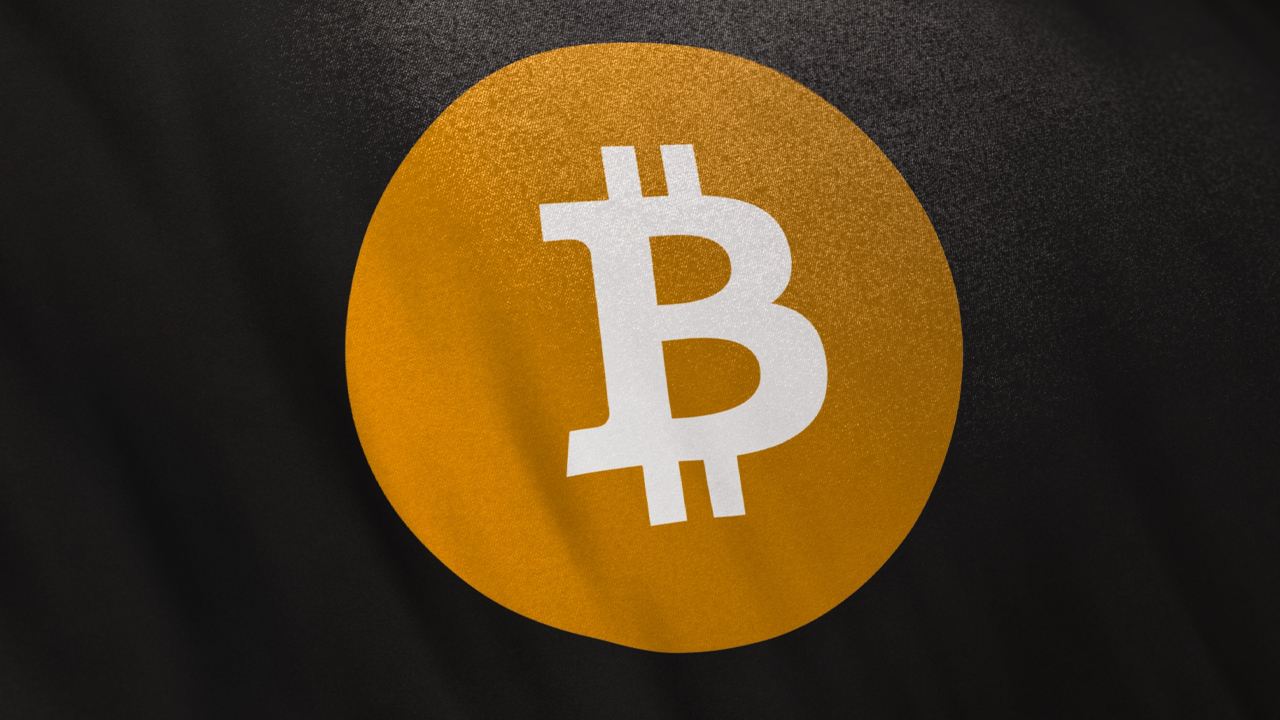Blockchain in real estate: Stakeholder integration is the key to success

The real estate sector in India is poised to witness an exponential growth spurt. Consultancy firm CIRIL predicts that the real estate market will grow to approximately Rs 65,000 crore by 2024 and estimates that it will contribute 13% of the country’s GDP by 2025.
Real estate investments with the promise of high returns have always been an attraction for investors. However, venturing into this sector is fraught with risk, given the many scams associated with it and the cumbersome and time-consuming paperwork involved.
Double sales of property and sales of non-existent properties are just some of the many types of fraud committed against gullible buyers. Moreover, the absence of unique ownership records, the amount of time and money needed to verify documents, the difficulty of tracking the manipulation of records at any given stage of a long chain of transfers are other pain points that put off potential real estate investors.
This is where blockchain technology can make a difference. A digital ledger that cannot be mutated, updated or tampered with, and one that records all transactions across the network, is a foolproof way to stop fraud as well as limit paperwork.
Blockchain’s use of smart contracts not only provides a secure and efficient alternative to paper contracts, but also reduces costs and transaction time. Smart contracts execute themselves when a set of agreed conditions are met, saving time, energy and costs, and offering security through immutability.
Read also: Luxury homes get a 12% share of the total housing supply in the 2nd quarter of 2022
With blockchain, the registration and transfer of property is transparently reflected in the system for verification. This includes the entire chain of transfers right from the first owner to the last. As such, buyers do not need to rely on external sources for document verification.
Additionally, considering that all transactions must be approved by all parties throughout the chain, it is impossible to secretly add, or grant access to, new players, thus reducing the risk of fraud. Other benefits include savings on commissions and fees, as well as time, by eliminating middlemen and intermediaries.
Property has generally been reserved for the large, influential players. But with blockchain, small investors can take a piece of that pie in the form of fractional ownership. This revolutionary investment concept allows small players to own part of a valuable asset through tokenization, without having to worry about fraud.
To achieve this, many loose ends in the specific area of real estate must be tied up. For example, land registries fall under the purview of the state; and each state has its own set of laws that apply to it. The Revenue and Panchayati Raj Departments oversee the land records, and the Register of Rights is updated by the Revenue Department when a land-related transaction is approved. The variety of rules, the time and energy required, and the number of arms and levels of authority involved for land transactions may prove to be a challenge for blockchain to function smoothly.
Also read: 75 mutual fund schemes and their returns of 1,3,5 and 10 years: Up to 39% gain!
Also, a major shift to blockchain could be disruptive and several questions need to be answered before it can get underway: will digitization make the sub-registrar’s office, the repository for all real estate transactions, redundant? How will stamp duty be paid through blockchain? What if a third party needs to legally read the documents in a blockchain?
The central government has made its vision to make India a leader in blockchain technology clear. In December 2021, the Ministry of Electronics and Information Technology (MeitY) released its national strategy for blockchain with the goal of creating digital infrastructure for blockchain, promoting research and development in the field, and promoting digital service delivery to people and businesses.
Although this has set the ball rolling, implementation presents formidable challenges. For example, many regions of the country still lack internet connectivity and experience frequent power outages. Lack of skilled labor and lack of awareness of the technology among common people are other roadblocks.
Clearly, blockchain adoption cannot be achieved in isolation. All stakeholders must work together for it to succeed: Central Government by providing the necessary policy and regulatory push to accommodate blockchain; state and local governments by relaxing unsustainable local rules; property developers by spreading awareness of the technology’s benefits; early adopters by assessing legislators of peculiar legal challenges that they have faced, and so on.
Blockchain in real estate has only begun to take baby steps in India and it is imperative that all stakeholders – central, state, local governments and real estate developers – come together and align to unleash its true potential.
(By Mouttou Viramouttou, co-founder and chairman, Brugu Software Solutions)






















